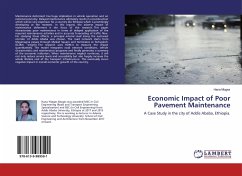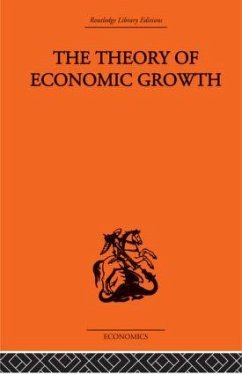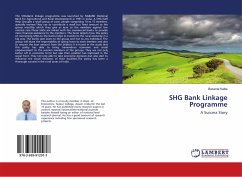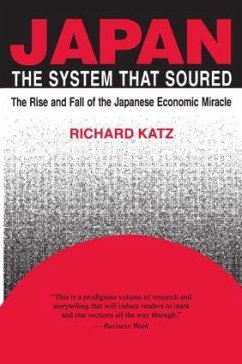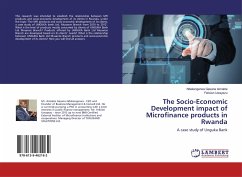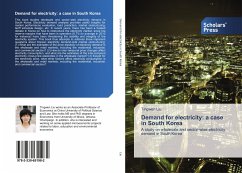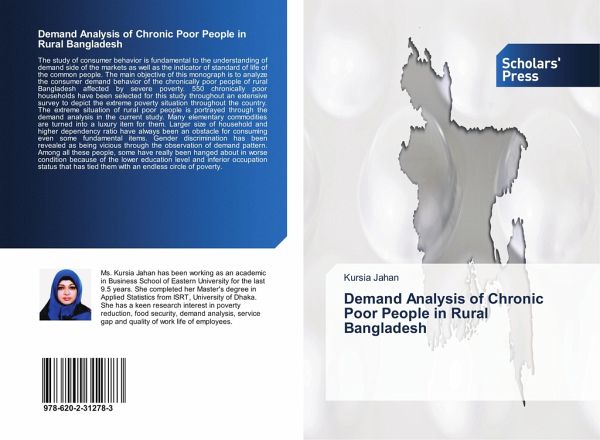
Demand Analysis of Chronic Poor People in Rural Bangladesh
Versandkostenfrei!
Versandfertig in 6-10 Tagen
30,99 €
inkl. MwSt.

PAYBACK Punkte
15 °P sammeln!
The study of consumer behavior is fundamental to the understanding of demand side of the markets as well as the indicator of standard of life of the common people. The main objective of this monograph is to analyze the consumer demand behavior of the chronically poor people of rural Bangladesh affected by severe poverty. 550 chronically poor households have been selected for this study throughout an extensive survey to depict the extreme poverty situation throughout the country. The extreme situation of rural poor people is portrayed through the demand analysis in the current study. Many eleme...
The study of consumer behavior is fundamental to the understanding of demand side of the markets as well as the indicator of standard of life of the common people. The main objective of this monograph is to analyze the consumer demand behavior of the chronically poor people of rural Bangladesh affected by severe poverty. 550 chronically poor households have been selected for this study throughout an extensive survey to depict the extreme poverty situation throughout the country. The extreme situation of rural poor people is portrayed through the demand analysis in the current study. Many elementary commodities are turned into a luxury item for them. Larger size of household and higher dependency ratio have always been an obstacle for consuming even some fundamental items. Gender discrimination has been revealed as being vicious through the observation of demand pattern. Among all these people, some have really been hanged about in worse condition because of the lower education level and inferior occupation status that has tied them with an endless circle of poverty.





